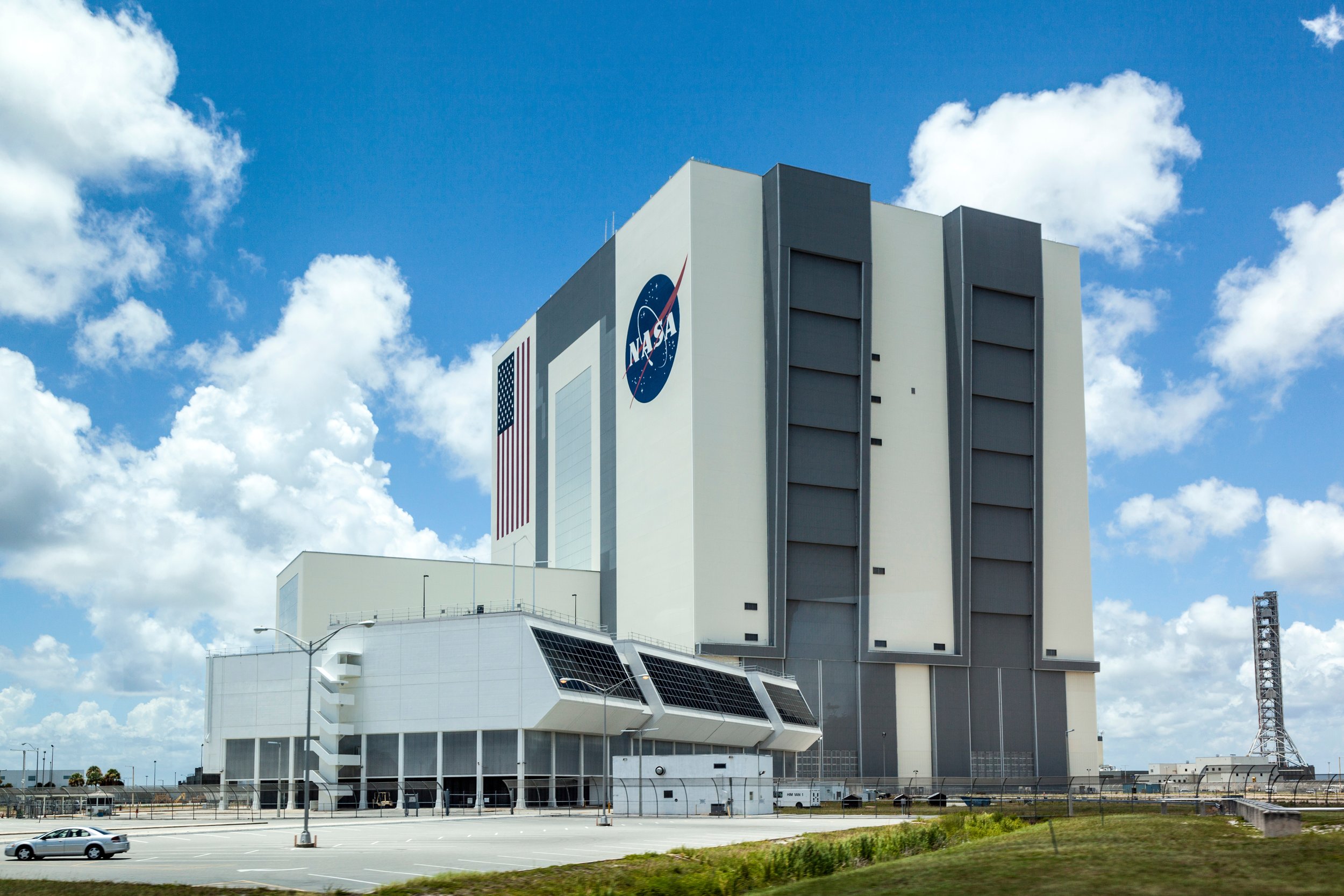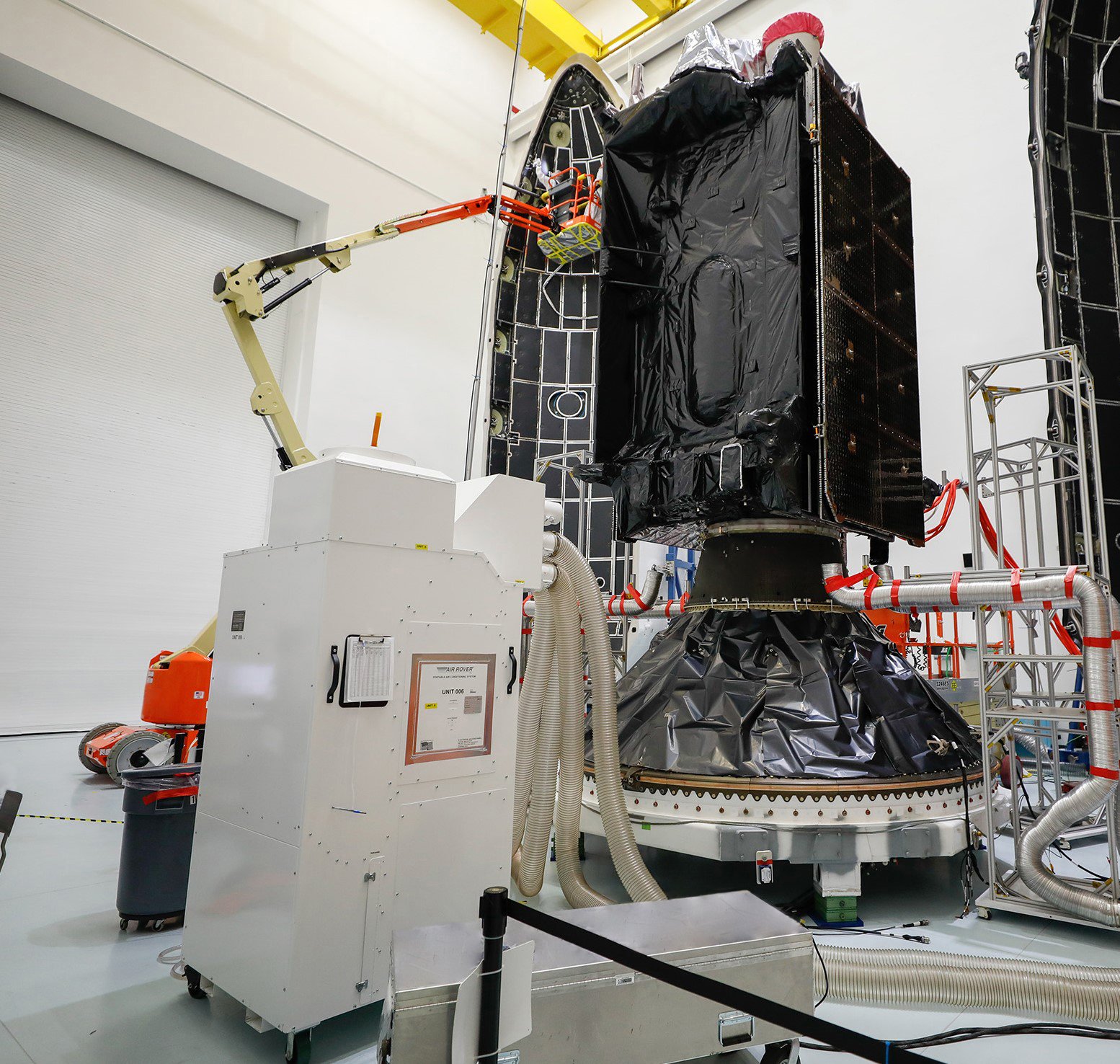The Role of ECUs in NASA's Project Transporters
The journey from the drafting table to the stars is fraught with as many challenges on the ground as there are in the vacuum of space. One of the less heralded yet critical aspects of this journey involves the transportation of large, sensitive projects to their launch sites. Here, the need for specialized cooling systems becomes paramount—a need that ruggedized skid-mounted Environmental Control Units (ECUs) make possible.
Exploring aerospace transportation technology reveals how companies like Air Rover play a crucial role in supporting NASA's ambitious missions, actively preparing the essential components for tomorrow's space explorations today.
The Science Behind NASA's ECU-Driven Space Logistics
NASA’s storied missions come to fruition through countless logistical operations, many of which involve the transportation of irreplaceable and highly sensitive project components. These elements must safely navigate the journey from assembly facilities to launch pads. Understanding the function, design, and crucial role of these ECUs in aerospace transportation offers insight into the complexity of space mission logistics.
The 6 Essential Functions For Mission Success
Temperature Regulation
Maintains temperature within a specific range despite external weather conditions.
Crucial during transportation across varying climates or exposure to direct sunlight/freezing temperatures.
Humidity Control
Manages humidity to prevent corrosion and condensation.
Uses dehumidifiers or air conditioning systems to maintain optimal levels.
Air Filtration and Cleanliness
Equipped with filtration systems like HEPA and molecular filters to ensure clean air.
Essential for maintaining cleanliness standards and preventing contamination.
Redundancy and Reliability
Designed with backup systems to ensure continued operation in case of failure.
Vital for mitigating risks during transportation to the launch site.
Real-time Monitoring and Adjustments
Contains sensors and monitoring systems for real-time tracking.
Enables adjustments to maintain optimal conditions, even remotely.
Customization for Specific Needs
Tailored approach to meet diverse environmental demands.
Ensures protection of sensitive equipment and spacecraft components.
Unpacking Ruggedized Skid-Mounted ECUs
The Essence and Engineering of Ruggedized ECUs
At their core, ruggedized skid-mounted ECUs are robust environmental control systems engineered to manage and maintain optimal conditions within project transporters. These units can withstand the rigors of transport, ensuring operational integrity through vibrations, impacts, and extreme temperature variations. Air Rover designs these ECUs with a focus on reliability, durability, and performance. Air Rover’s ECUs, for instance, embody the pinnacle of cooling technology, incorporating advanced filtration systems, precise temperature controls, and energy-efficient designs to meet the exacting standards of aerospace applications.
Design Innovations and Features
The innovation behind these ECUs lies in their design and features, tailored to address the unique environmental challenges of aerospace transportation. Air Rover’s ECUs, for example, come equipped with state-of-the-art cooling mechanisms, HEPA filters for particulate control, molecular filters for harmful gases, odor and volatile organic compounds (VOCs) control and rugged frames for enhanced durability. These design features ensure that sensitive equipment, like that transported to NASA missions, is kept in pristine condition, shielded from the adversities of transit. The adaptability and efficiency of these units underscore their value in critical logistics operations, highlighting Air Rover’s contribution to the field.
The Imperative for Advanced Cooling Systems
ECUs: Guardians of Valuable Cargo
Role in mitigating risks during transportation, exemplified by projects like OSTTARS.
Ruggedized systems ensure the safety and integrity of space-bound assets.
Air Rover's Commitment to Providing Exceptional ECUs and Support
Pushing boundaries of environmental control technology.
Dedicated support for products whenever and wherever needed.
Advanced Technology for Unmatched Performance
Incorporation of the latest cooling technology, energy efficiency, and durability.
Features include smart temperature regulation, HEPA filtration, and robust construction materials.
Ready to Respond: Air Rover's Support Network
Comprehensive support network for on-site technical assistance, emergency repairs, and routine maintenance.
Swift response ensures minimal downtime and optimal performance.
Protecting NASA Space-crafts
Background:
NASA's MMS (Magnetospheric Multiscale) mission stands at the forefront of space exploration, aiming to unravel the mysteries of the magnetic reconnection phenomenon around Earth. Consisting of four identical spacecraft, each weighing approximately 3,000 pounds when fully fueled, NASA equipped the mission with 25 sensors capable of recording magnetic interactions at unprecedented speeds. However, to ensure the success of such a groundbreaking endeavor, meticulous attention to detail and advanced technology are essential, particularly in safeguarding sensitive equipment during transportation.
Challenges:
In the complex world of space logistics, even the smallest oversight can have monumental consequences. Tasked with procuring environmental control units (ECUs) for the MMS project, TRAX International faced a daunting challenge. These ECUs were not mere accessories but critical components responsible for maintaining optimal environmental conditions during the transfer of spacecraft equipment from the Goddard Space Flight Center in Greenbelt, Maryland to Cape Canaveral, Florida. Without adequate protection, the equipment risked exposure to fluctuating temperatures, humidity levels, and air quality variations, potentially leading to irreparable damage and costly delays in the launch schedule.
Solution:
Recognizing the gravity of the task at hand, TRAX International, in collaboration with Air Rover and NASA engineers, embarked on a journey to design and implement a tailored solution that would guarantee the safety and integrity of the MMS equipment. This involved the development of a sophisticated ECU system comprising two independent, generator-powered units strategically mounted onto flatbed trailers. To address the specific environmental challenges encountered during transit, the ECUs were equipped with enhanced cooling and filtration capabilities, meticulously calibrated to meet the rigorous standards set forth by NASA.
Implementation:
The success of any mission hinges upon meticulous planning and flawless execution. In the case of the MMS project, early involvement in the design process proved instrumental in overcoming various technical challenges. TRAX International's team of engineers worked closely with their counterparts at NASA to refine the design, ensuring seamless integration and optimal performance. The resulting ECU system boasted state-of-the-art control mechanisms, including a custom-designed controller with remote monitoring capabilities. This allowed NASA engineers to track environmental conditions in real time, providing invaluable insights into the well-being of the payload throughout the journey.
Results:
The culmination of months of collaborative effort and unwavering dedication was a resounding success. The two ECUs, equipped with redundant systems and advanced filtration technology, provided a robust shield against the unpredictable forces of nature encountered during transit. From maintaining precise temperature and humidity levels to ensuring pristine air quality, the ECUs surpassed expectations at every turn. As a result, the MMS equipment arrived at Cape Canaveral unscathed, ready to embark on its historic journey of scientific discovery.
Conclusion:
In the fast-paced world of space exploration, success comes from the ability to overcome formidable challenges with innovation and resilience. The partnership between TRAX International, Air Rover, and NASA exemplifies this, demonstrating a shared commitment to excellence and a relentless pursuit of perfection. By leveraging expertise, collaboration, and cutting-edge technology, the team not only ensured the safe arrival and launch of the MMS mission but also set a new standard for precision and reliability in space logistics. As humanity continues its quest of space exploration, it is partnerships like these that will propel us ever closer to the stars.
Transcending the Aerospace Sector
Industries ranging from pharmaceuticals to defense also grapple with similar logistical challenges, where the transport of sensitive or critical components necessitates stringent environmental controls. Air Rover’s ECUs, with their customizable designs and robust performance, offer solutions that transcend the aerospace sector.
Contact Us:
Please, don’t hesitate to contact our sales team at Info@AIRROVER.com to learn more about how we can provide you with the best ECU solution for you. We’d be more than happy to help. Whatever your mission, be prepared for anything with Air Rover.




